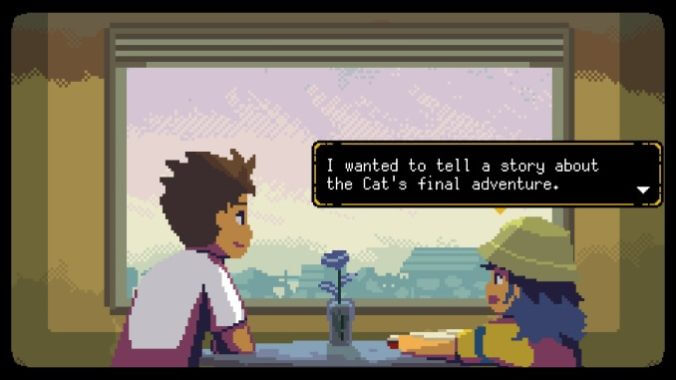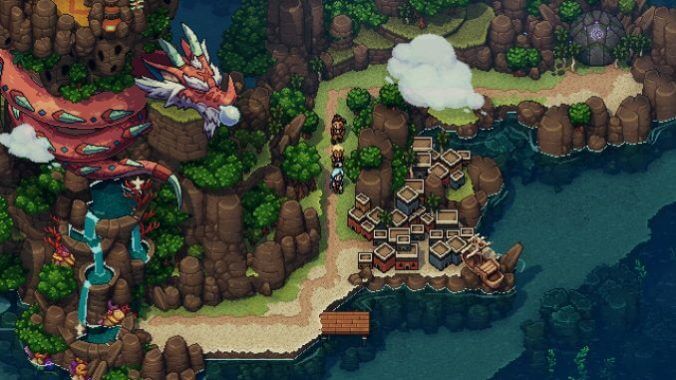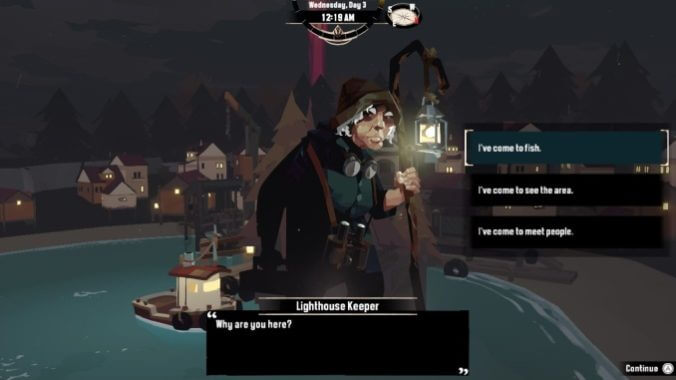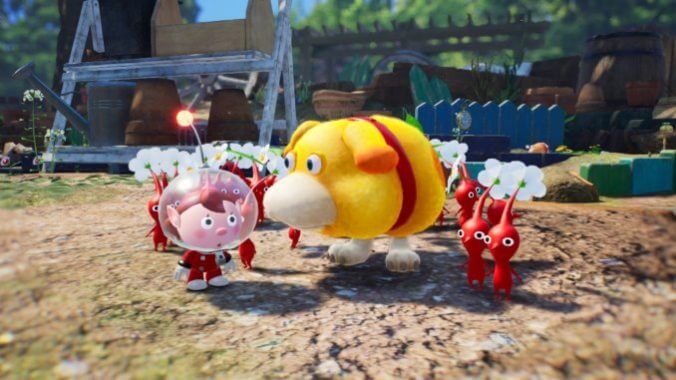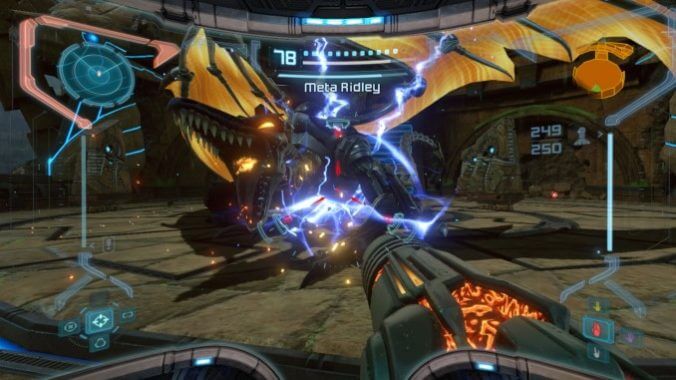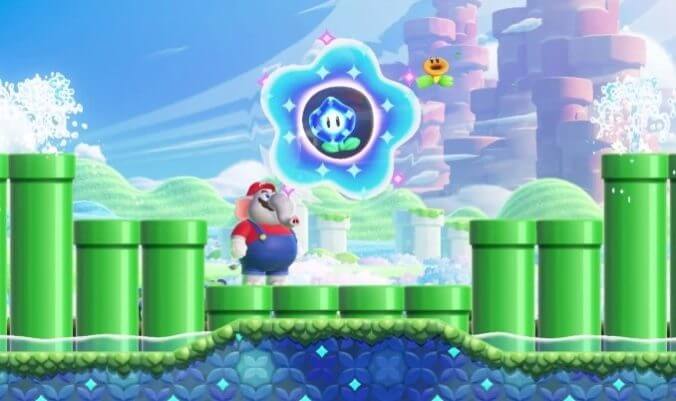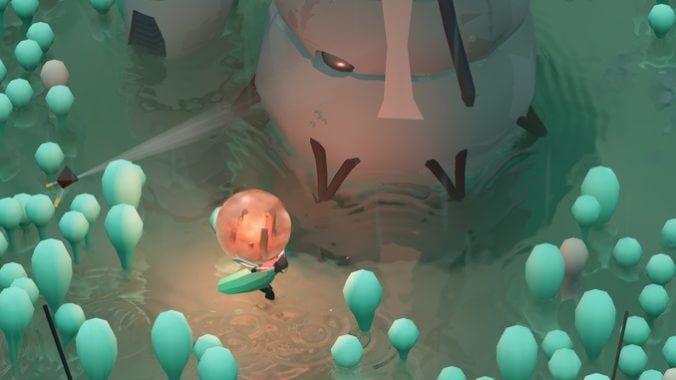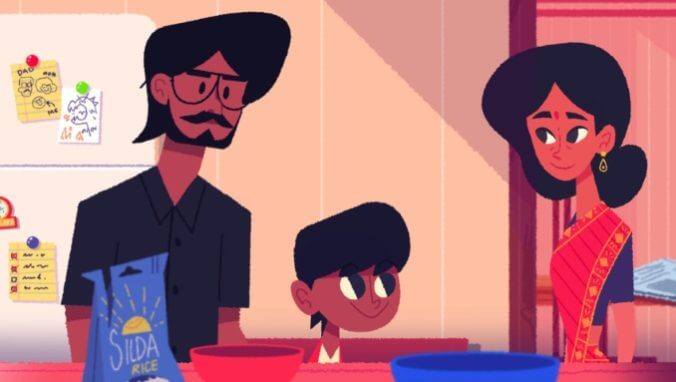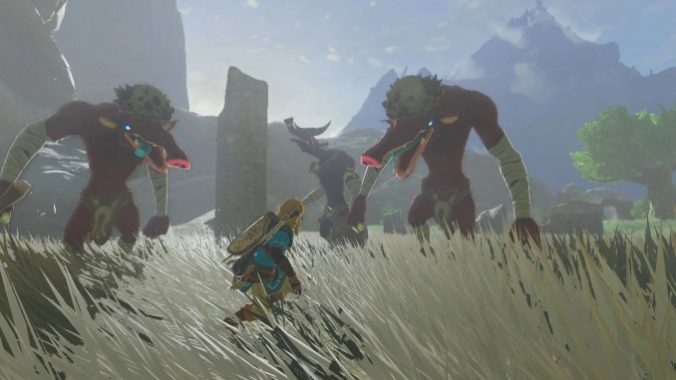The Best Switch Games of 2023

Almost seven years into its lifespan the Nintendo Switch remains the best gaming device on the market today. Not only is this console/handheld hybrid home to Nintendo’s consistently great first-party games, but most of today’s best independent games also wind up on its storefront. Meanwhile it boasts a deep (and always expanding) library of both classic and obscure games from the ’80s, ’90s and ’00s. I don’t always bring the Switch with me when I travel, but I always have that option, and knowing that almost the entire history of Metroid games can be just a few feet away from me every minute of every day, no matter where I am, is somehow comforting. Even its technical limitations in comparison to today’s other consoles and gaming PCs gives the Switch an advantage; its games don’t really get bogged down in trying to push the graphics envelope, and they don’t try to blur the lines between movies and games as much as, say, the latest Xbox or PS5 blockbuster. Nintendo’s originals are some of the best and most elegantly designed examples of pure play, while smaller studios that create less commercial and more interesting games than the major corporations make the Switch’s library one of the broadest and most diverse any console has ever seen. If you only own one current gaming box, the Switch is probably the pick to click, as 2023 proved once again with a bevy of great new Switch games. Here are our picks for the best Switch games of 2023.
20. Fire Emblem: Engage
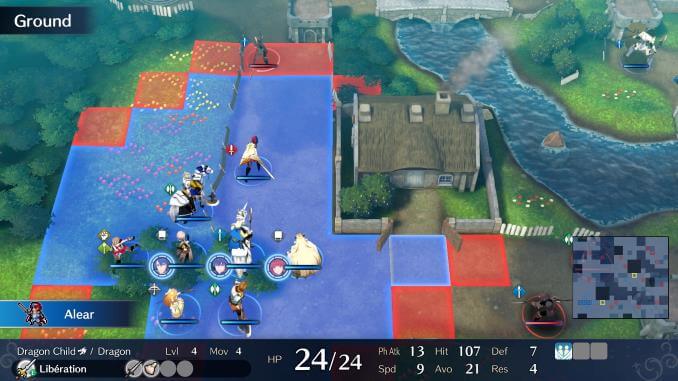
Fire Emblem: Engage is quite similar to Awakening in its reverence for the franchise’s past, but instead of a coda, it’s a song of celebration. Instead of going bigger than the massive Three Houses (something I struggle to imagine is possible), Engage went the opposite direction. Inspired by many of the franchise’s older entries, Engage has a single campaign that can be completed in a modest 20 or so hours with few missable units, greatly curbed social elements, a smaller hub area, and a more classic, black-and-white story. It would again include many characters from previous games, only this time they would be integral parts of the gameplay, appearing as mentor-like spirits that give your units new abilities. Initially, I found this prospect exciting. As games have had to become more and more of an event to succeed, it seemed refreshing to have a game from a major series release with less fanfare and fewer bells and whistles.—Austin Jones
19. Disney Illusion Island
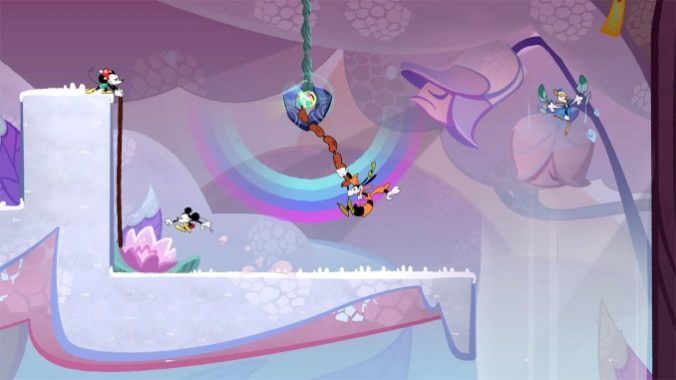
Disney Illusion Island places iconic characters Mickey, Minnie, Donald and Goofy in a brand new world home to a host of original characters that could easily support sequels or spinoffs, with a meta script that can be genuinely funny and never takes anything too seriously. When the worst thing you can say about a game’s writing is that it’s occasionally too clever, it’s basically a ringing endorsement. Disney stalwarts and fans of classic cartoons will find references to Mickey Mouse shorts from the ‘20s up through today; you don’t need to know any of that to understand and enjoy the story, but if you get a kick out of Easter eggs, you’ll probably appreciate them. What really sets Illusion Island apart from most Metroid tributes is that it doesn’t have traditional combat. You can’t directly attack anybody in this game. It’s teeming with weird creatures trying to hurt you, and your only recourse is to evade and avoid them. That means the series of power-ups you’ll gradually unlock are all motion-based, with no weapons of any kind. It gives us what it promised: a light, fun Metroid-style game with multiplayer, built around Disney’s most beloved characters, and that’s ideal for younger players and their friends and family. You’d have to be seriously goofy to find any fault with that.—Garrett Martin
18. Cassette Beasts
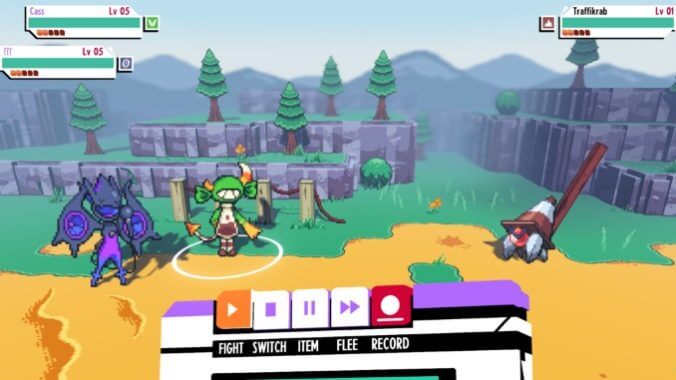
Cassette Beasts, an “’80s vibe Creature Collector turn-based RPG” developed by Bytten Studio, is the latest of a subgenre of RPGs inspired by Pokémon, and blurs the line between several of them in order to seemingly provide the best of all possible worlds. If you can imagine what those DS-era Pokémon games looked like, then you’ve already honed in on what Cassette Beasts looks like, which delights in this now-retro style. In Cassette Beasts, the monsters you fight and capture are, like its inspiration, drawn from elements of the real world and nature. At one point, a moth that throws out gusts of winds and hands in equal measure did battle with a crab-like street cone called a Traffikrab, which conjured a traffic jam to slow me and my allies in battle. Much of the nuts and bolts under the hood of the game function identically enough that picking up Cassette Beasts is a breeze, but its visual language and tone are distinct enough to make you think twice about writing it off.—Moises Taveras
17. Fae Farm
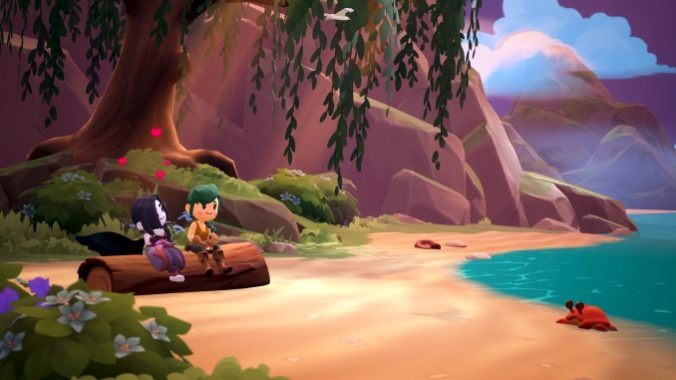
Fae Farm is one of the latest releases in the exponentially expanding farming sim genre and, at first glance, it perfectly melds the cozy world-building genre with the storytelling I so deeply desire. Fae Farm follows the story of the player after they shipwreck on the island of Azoria. Here you find a quaint farming community that’s suffering a magical storm that brings strange creatures and threats to the island. On the island your job is to build your farm, support the town, ward off dangerous magic, and, most importantly, romance other characters—which isn’t actually most important to the gameplay, but it is in my heart. Fae Farm is a beautifully rendered farming simulator that competes with the best of its genre.—Maddie Agne
16. Oxenfree II: Lost Signals
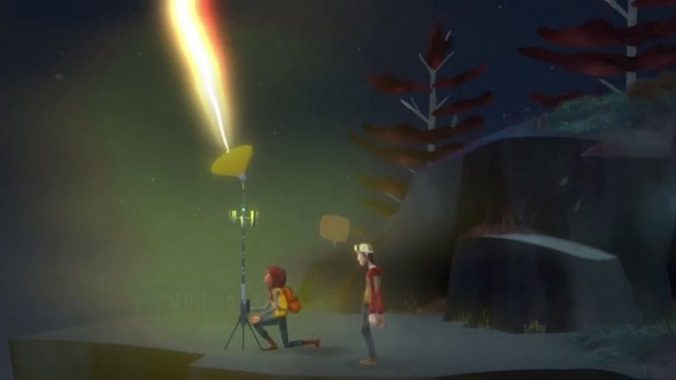
More characters and conversation options fill in the gaps of what feels like a slimmer and tighter sequel, and are smart ways to build on the fairly grounded and simple foundation laid out by the original without bloating the sequel. Camena comes across much more believable than Edwards Island (a tourist trap with zero tourists) without filling the screen with bustling towns and scores of characters that would’ve felt out of place in this story and world. Importantly, none of it really bogs down the experience, which satisfyingly runs its course in about six to seven hours and delves further into what’s been going on in and around this town before the events of the games and since the original title. Oxenfree II, despite its proclivity for confusing jumps and skips in time, loops, and detours into other dimensions, is as direct a sequel as you can make to one of the most impactful games of my life, and I’m glad for it.—Moises Taveras
15. Drainus
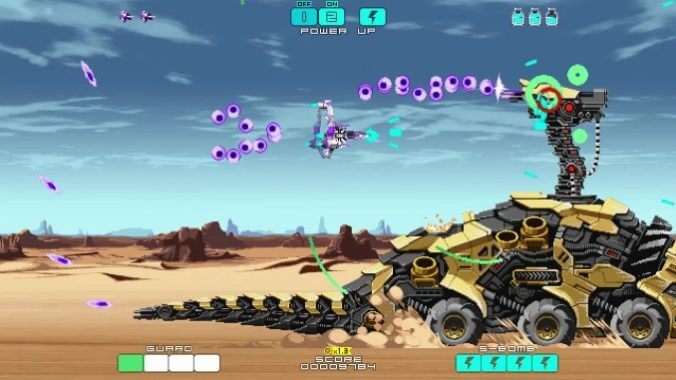
Drainus is an apt name for a shoot ‘em up. With its arcade lineage, this is a genre built on draining the player—originally of their quarters, later of their patience, stamina, and mental well-being. Shmups are all about the marriage of repetition and escalating tension, where you do the same thing over and over while somebody steadily twists a knob that amplifies every aspect of the game. If you’re a total neophyte or just a casual fan who remembers the genre’s heyday in the ‘80s and ‘90s and want to see what’s happening in this space today, Drainus is the best recent shmup for you to dip into; originally released for PC in 2022, it arrived on the Switch early in 2023. Deep-in-the-weeds shmup lifers absolutely need to give it a shot, too, even if they ultimately might nitpick it to death. I don’t know how highly I’d recommend it to rank-and-file players who aren’t interested in or familiar with the genre, but if you’ve ever been curious about shoot ‘em ups, Drainus is ready to devour however much time you put into it. It might’ve come out last year originally, but it’s clearly one of the best Switch games of 2023.—Garrett Martin
14. Chants of Sennaar
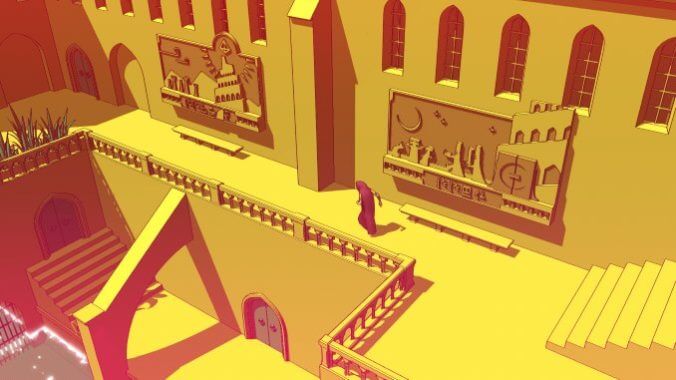
Imagine if Journey was explicitly about the Tower of Babel. Chants of Sennaar doesn’t follow too directly in the footsteps of thatgamecompany’s modern classic, but it’s just as cryptic and beautiful, with a similarly red-garbed lead character. As its Biblical inspiration suggests, you adventure up a tower whose residents speak a different language on every floor. They can’t communicate with each other, and at first you can barely understand them. You have to puzzle out what their words mean through context, conversation, and repetition, while also contending with occasional stealth sections that can ruin your journey if you’re not careful. Sennaar isn’t perfect, but it’s a unique, fascinating game that sets you loose in an unknown civilization and trusts you to learn your way through.—Garrett Martin
13. Super Mario RPG
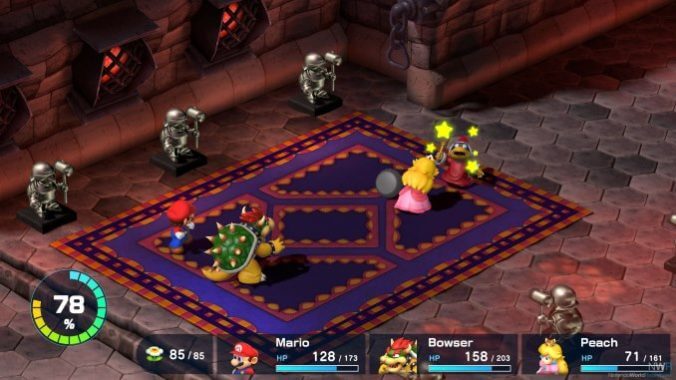
Super Mario RPG comes as yet another installment in Nintendo’s crusade to remake and remaster its past titles. But, with its Square Enix flourish, Super Mario RPG is also possibly the most unique, most polished product of this crusade. Square Enix original characters bring a new flavor to the standard Mario cast and pushes those usual characters into new roles—with Bowser as a protagonist and Princess Peach as a healer, for example. While the game can drag at times between battles or cinematic moments, on the whole Super Mario RPG is a good example of the videogame remake genre.—Maddie Agne
12. The Making of Karateka
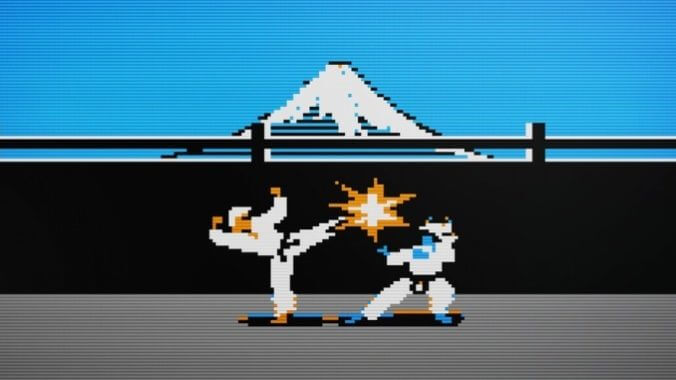
This interactive documentary painstakingly tracks the design of the classic 1984 computer game Karateka. It shows, in exacting detail, how Jordan Mechner created the kung fu fighter, exploring Mechner’s work on both Karateka and his unpublished earlier games through contemporary video interviews, original design notes, correspondence, and multiple iterative prototypes. It reveals the give-and-take between Mechner and his publisher while showing how the then-college aged Mechner’s vision and mindset changed throughout development. Originally released for the Apple II in 1984, Mechner’s game was a bestseller that broke ground for cinematic technique in games, with a clear storyline, cut-scenes, an original score (written by Mechner’s father, Francis Mechner), and editing and cinematography inspired by films. It’s also an early influence on the fighting game; it consists of a series of one-on-one karate fights, similar to Karate Fight and Yie Ar Kung-Fu, which were also both released in 1984. Karateka is like a playable ‘70s kung fu flick, complete with a shocking twist ending if the player isn’t careful. This playable documentary is a brilliant piece of work, a must-play for Karateka fans and anybody interested in game design, and one of the best Switch games of 2023.—Garrett Martin
